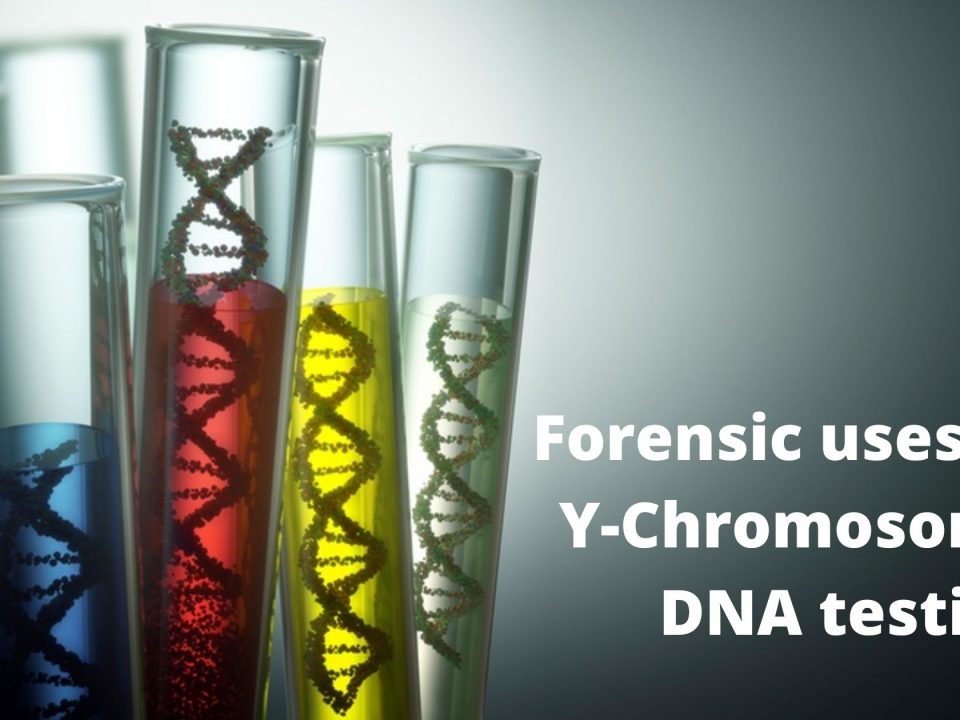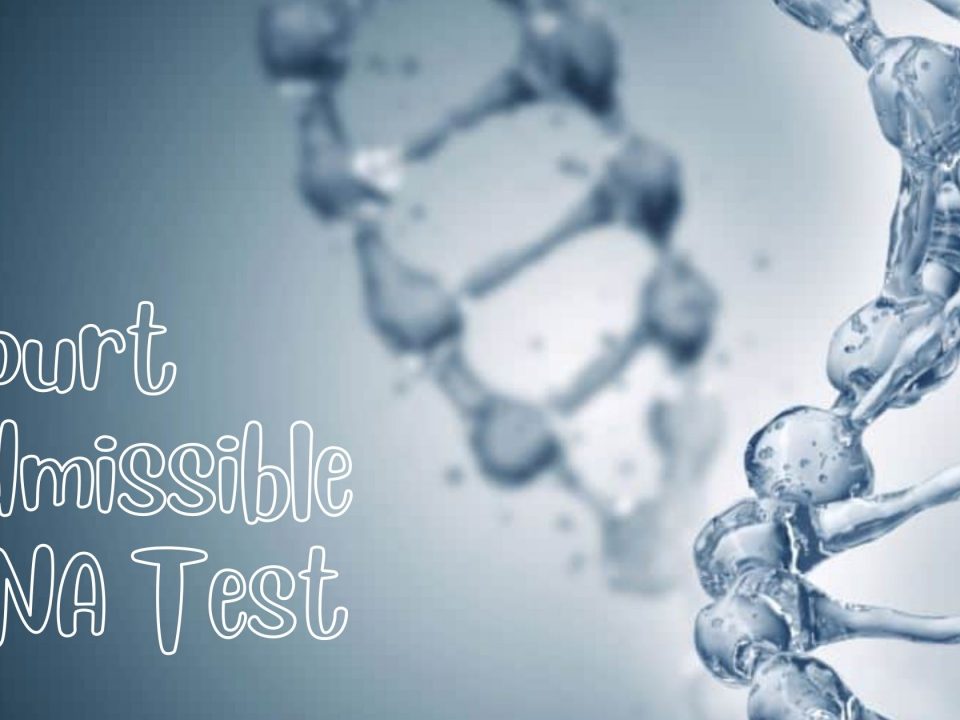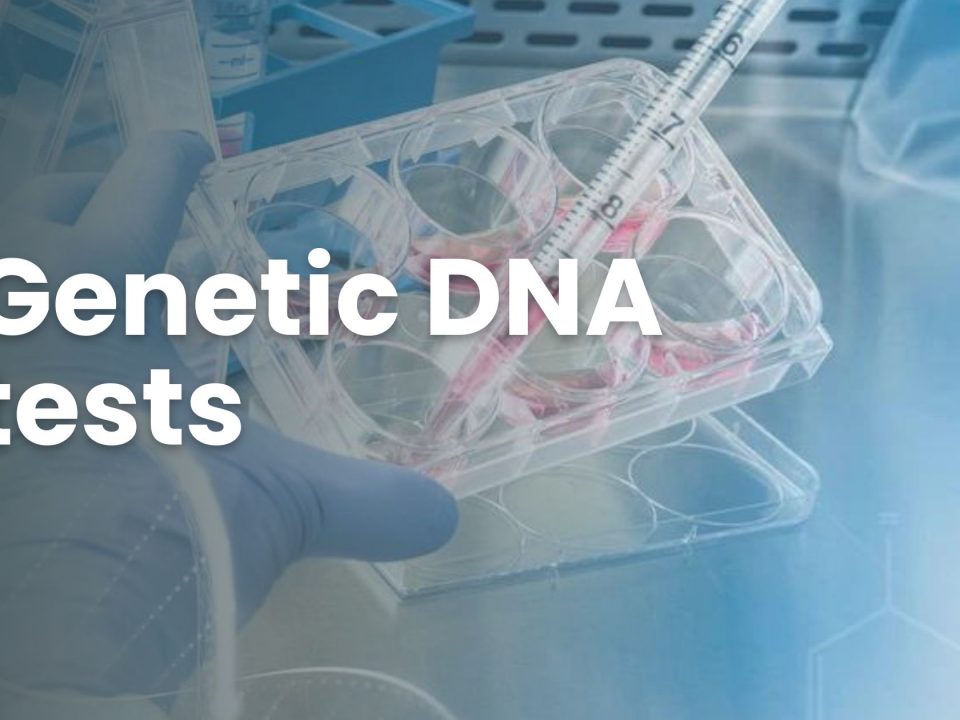Recent developments in forensic DNA analysis

Amniocentesis prenatal DNA test
November 2, 2021
Rapid DNA technology for fast forensic results
November 18, 2021The developments in forensic science have introduced various amazing methodologies that help in the analysis of challenging forensic samples. Now, with the help of new techniques, you can generate intelligence about the donor of a biological sample. This blog will be all about some of the most important recent advances in forensics, including the application of Massively Parallel Sequencing (MPS) to the analysis of STRs and other marker types. A key challenge for researchers is to consider carefully how new innovations can be implemented into forensic practice to ensure the maximum benefits in criminal investigations.
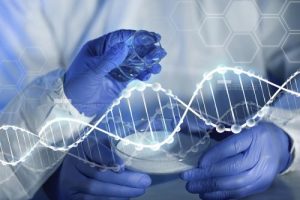
Massively Parallel Sequencing
Massively parallel sequencing (MPS) technology is also known as next-generation sequencing (NGS). This new technology has revolutionized the biological sciences by generating millions of sequencing reads in a single run. In recent times, the use of MPS for forensic applications has expanded rapidly.
DNA Mixture Interpretation
The main thing is that interpretation of DNA profiles containing contributions from multiple donors is very complicated. The increasing complexity of mixed profiles is the reason that researchers prefer the DNA Mixture Interpretation method. The development of this method using probabilistic frameworks and probabilities of allele drop-out and drop-in is making the analysis of DNA samples easier.
Body Fluid Identification
To solve any case, it is very important to identify the presence of a specific body fluid that can provide crucial information regarding the incident. Many confirmatory tests currently used to identify somebody’s fluids such as vaginal material and menstrual blood have limitations, including a lack of specificity.
Now, researchers are showing interest in the analysis of RNA in b
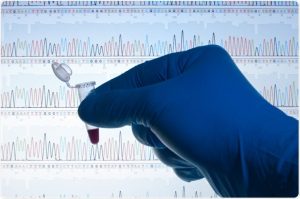
ody fluid stains. The RNA can be co-extracted with DNA, which leads to parallel production of a DNA profile alongside body fluid testing.
Furthermore, the identification of body fluids using RNA profiling is based on the principle that it differs depending on cell type and function.
The above main points are some of the recent key developments in the rapidly expanding field of forensic genetics which are becoming the main aspects of criminal investigation.


